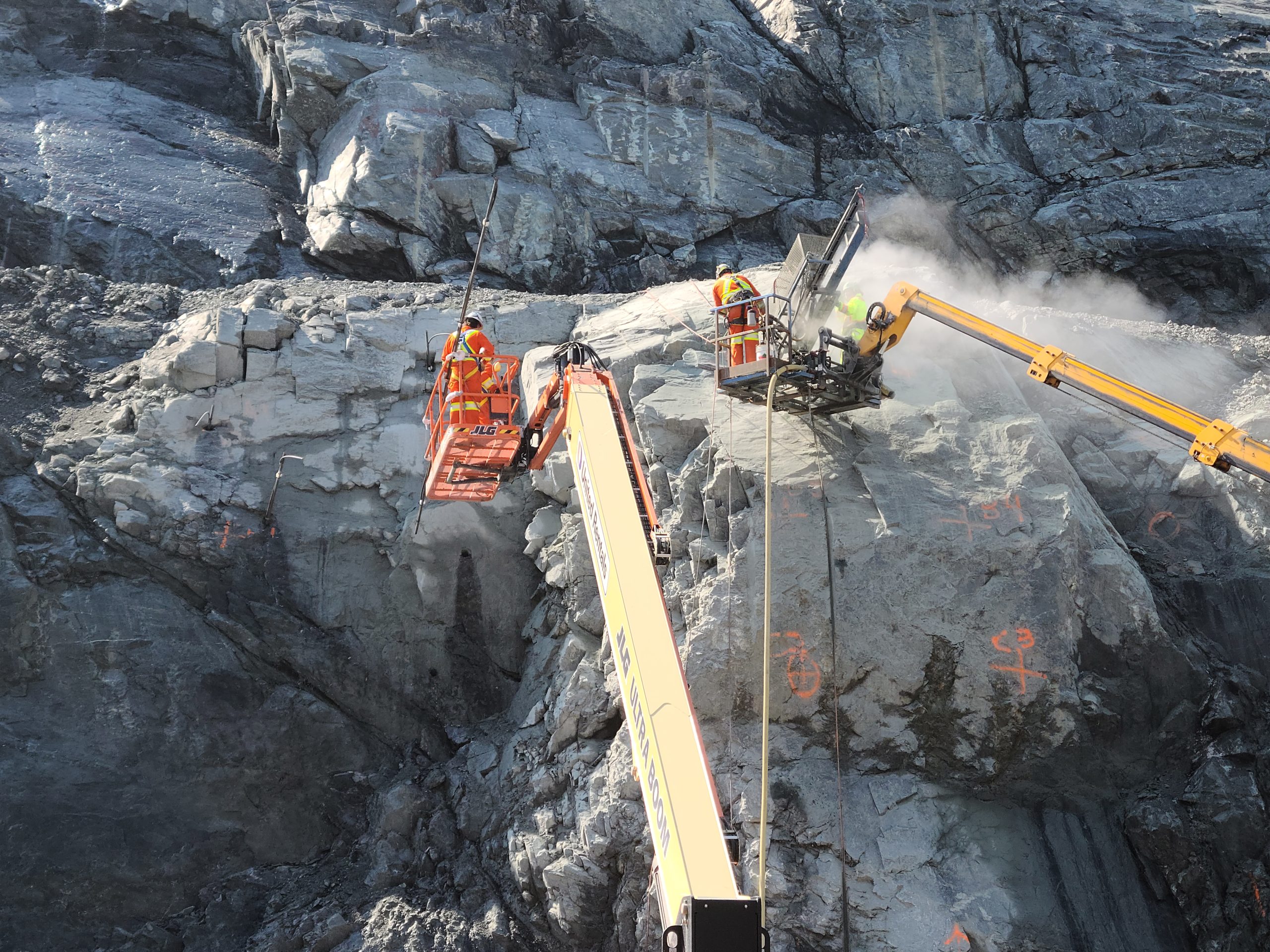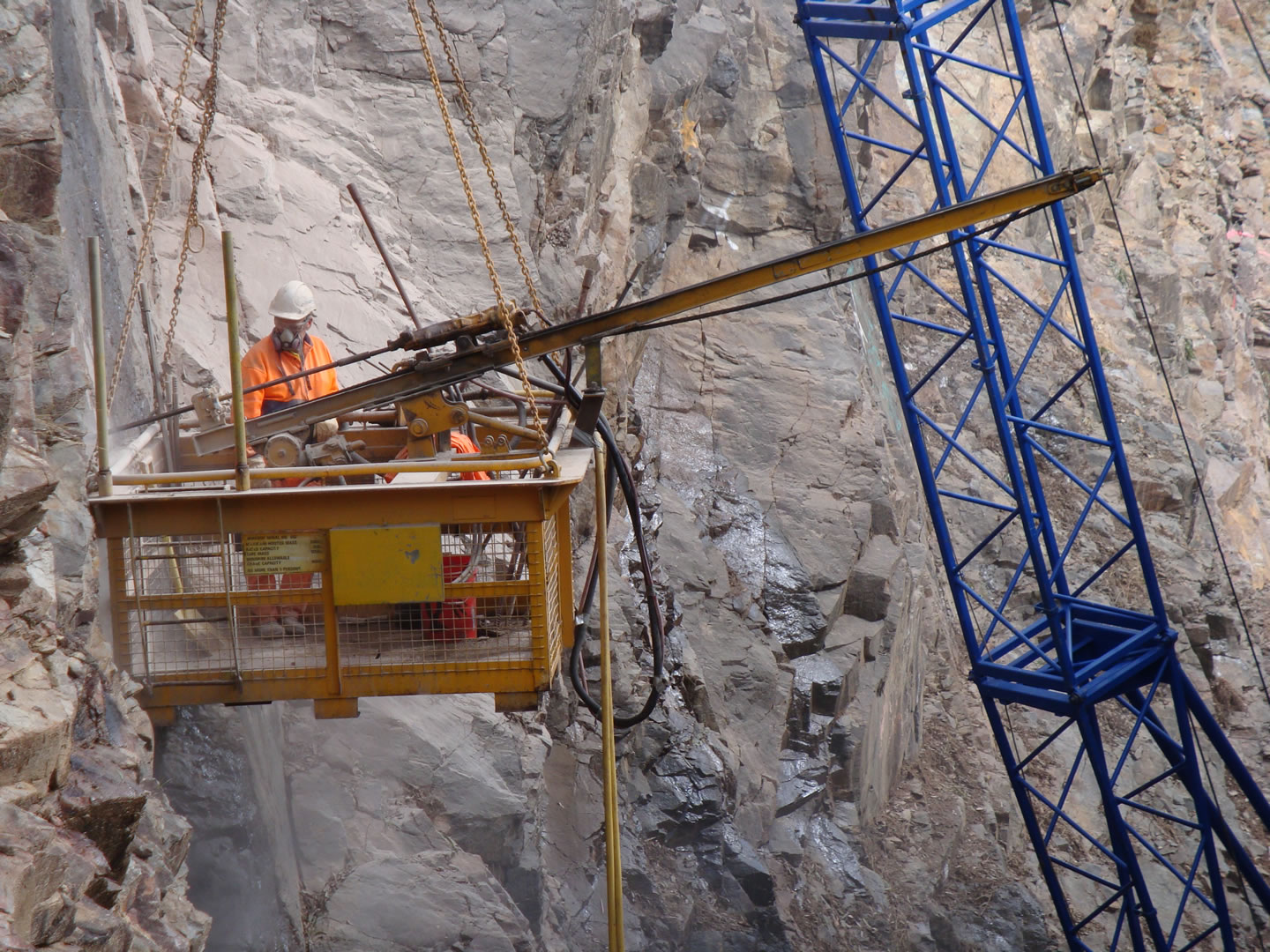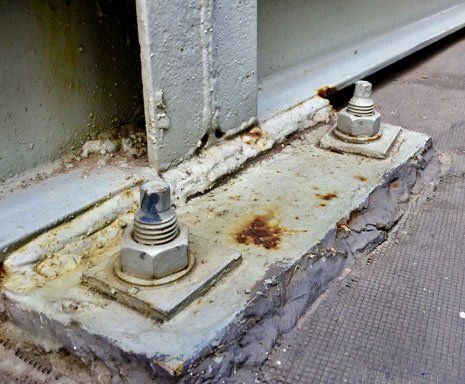Innovative Rock Anchors for Boosted Building Support
Cutting-edge rock anchors have significantly end up being a focal point in building and construction engineering, specifically as jobs demand higher stability and effectiveness. With advancements in products and technology, contemporary anchoring solutions such as grouted and post-tensioned layouts provide substantial improvements in load-bearing ability and adaptability to varied geological problems. The combination of innovative modeling techniques better enhances efficiency optimization, yet the complete potential of these advancements remains to be checked out. As we take into consideration the implications of wise sensing units and sustainable methods, one must ask: just how will these developments redefine the future of building assistance?
Development of Rock Anchors
The advancement of rock supports has actually significantly transformed construction techniques over the previous century. Rock anchoring strategies were rudimentary, relying on simple mechanical devices and basic materials. As engineering disciplines progressed, so did the understanding of geological problems and the demand for reliable securing systems - Williams Anchors. The mid-20th century saw the intro of high-strength steel ligaments, which supplied improved load-bearing capabilities, permitting more enthusiastic building and construction tasks in difficult terrains.
In tandem with improvements in materials science, the development of grouting strategies enhanced the bond between the support and bordering rock, resulting in increased security and toughness. The combination of innovation into layout and screening processes has actually resulted in more specific and efficient installment techniques, even more maximizing efficiency. Computer modeling and simulations currently allow designers to predict support habits under numerous conditions, boosting security and reliability.
In addition, the growing focus on sustainability within construction techniques has brought about developments in eco-friendly products and techniques for rock anchoring. Generally, the trip of rock anchors mirrors the construction market's adaptation to both technological innovations and the enhancing intricacy of modern-day engineering difficulties.

Sorts Of Modern Rock Anchors
Modern rock supports been available in a variety of kinds, each designed to satisfy specific design requirements and geological problems. The most typical kinds include grouted supports, which involve placing a steel ligament into a pierced opening and filling up the room with grout to produce a solid bond with the surrounding rock - Williams Anchors. These supports are frequently utilized in applications calling for high tons abilities
Another commonly made use of type is the mechanical anchor, which counts on mechanical devices to protect the support in place without the requirement for grouting. These supports are preferred in situations where instant load-bearing ability is important.
Furthermore, there are post-tensioned supports, which are mounted tensioned to supply security to structures such as bridges and keeping wall surfaces. These supports help to counteract tensile forces acting upon the framework.
Advantages of Innovative Designs
Advancement in rock support layout brings many benefits that boost construction efficiency and structural stability. Modern styles use sophisticated products and design strategies to dramatically boost load-bearing capabilities. These innovative anchors are frequently constructed from high-strength steel or composite materials, which not only reduce weight but also enhance resistance to corrosion, ensuring longevity and reliability in numerous ecological Go Here problems.
Moreover, making use of computer-aided style (CAD) and finite element analysis (FEA) enables precise modeling and testing of support efficiency under real-world problems. This leads to anchors that can be tailored to specific task needs, maximizing their efficiency and minimizing the requirement for over-engineering, which can be both cost and resource-intensive.

Situation Studies in Building And Construction
Real-world applications of cutting-edge rock anchor styles highlight their transformative impact on building and construction projects. The anchors were purposefully placed to improve lots distribution and lessen negotiation, ultimately leading to a much more resistant foundation.
One more substantial instance can be found in the growth of a transport tunnel. Innovative rock supports were made use of to safeguard the tunnel walls, enabling much deeper excavation without compromising safety. The application of click here for info grouted rock supports supplied increased tensile strength, allowing employees to progress the task right away.
In a third case, a major dam job integrated rock supports to maintain the embankment. Making use of corrosion-resistant products in visit the website the anchors ensured long-term toughness, lowering maintenance costs and enhancing safety standards.
These case studies demonstrate the effectiveness of innovative rock anchor designs in dealing with complex engineering challenges, underscoring their important role in modern construction practices. The effective end results highlight the demand for ongoing investment in advanced anchoring technologies to meet evolving building and construction needs.
Future Trends in Rock Anchoring
As building demands evolve, the future of rock anchoring is poised for substantial innovations that will certainly improve safety and performance in numerous applications - Williams Anchors. Emerging technologies, such as clever sensing units and real-time tracking systems, are expected to play a critical duty in the advancement of more trusted securing services. These innovations will certainly enable continual evaluation of support performance, enabling timely treatments and lessening risks related to structural integrity
Additionally, the combination of lasting materials and techniques is coming to be progressively vital in the building sector. Future rock anchors may include environmentally friendly products that reduce environmental influence while maintaining performance criteria. Innovations in materials science might lead to the advancement of high-strength, light-weight supports that enhance setup processes and minimize labor prices.

Conclusion
In final thought, ingenious rock anchors stand for a substantial improvement in building support, resolving the obstacles presented by diverse geological problems. The advancement of contemporary designs, consisting of grouted and post-tensioned anchors, enhances load-bearing capacities while promoting stability.